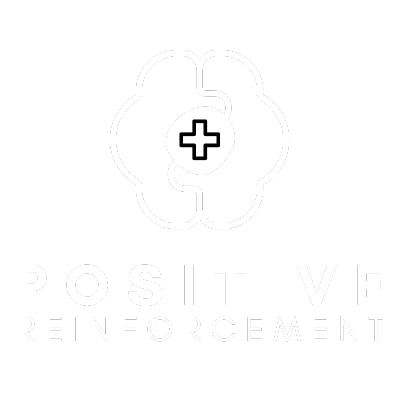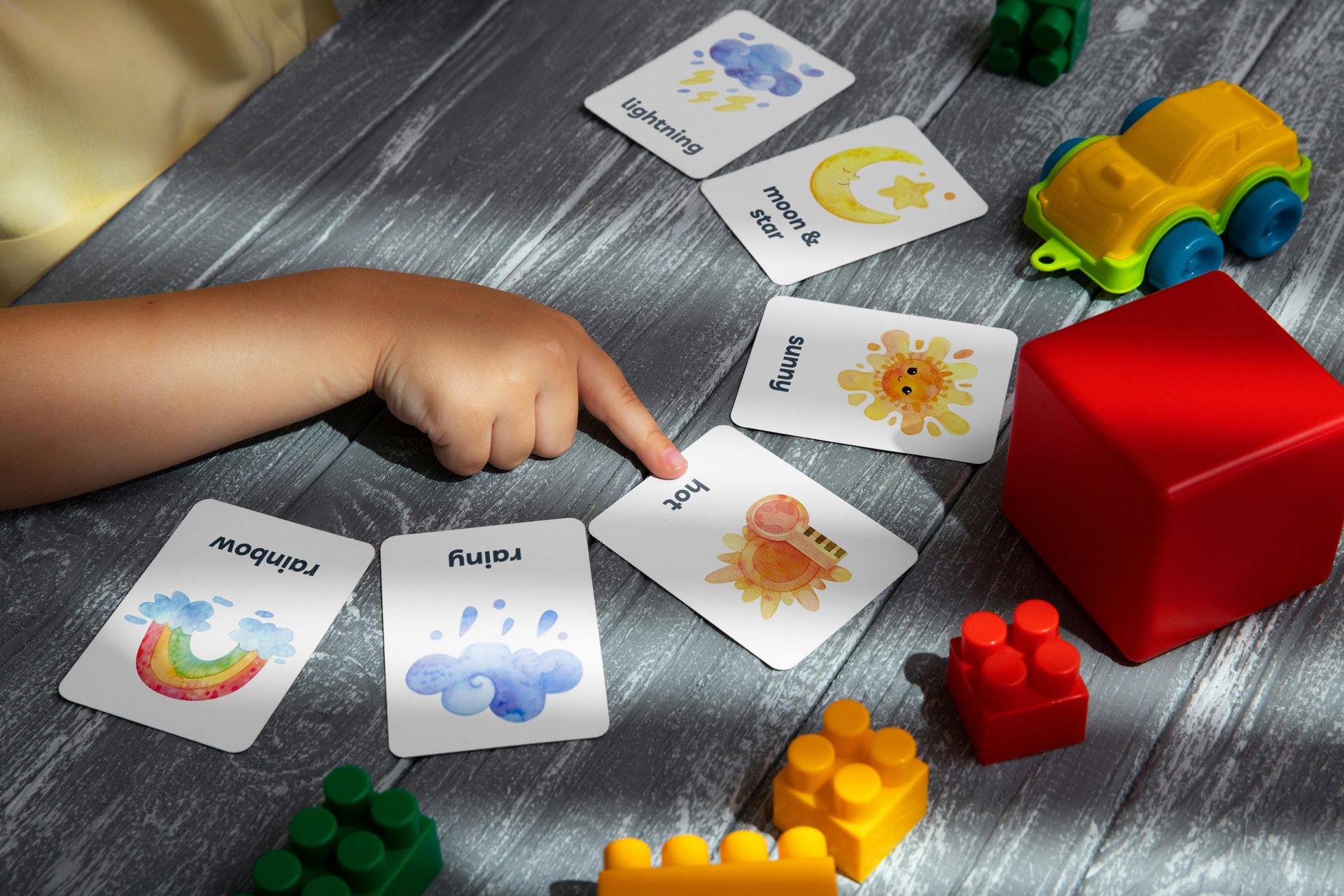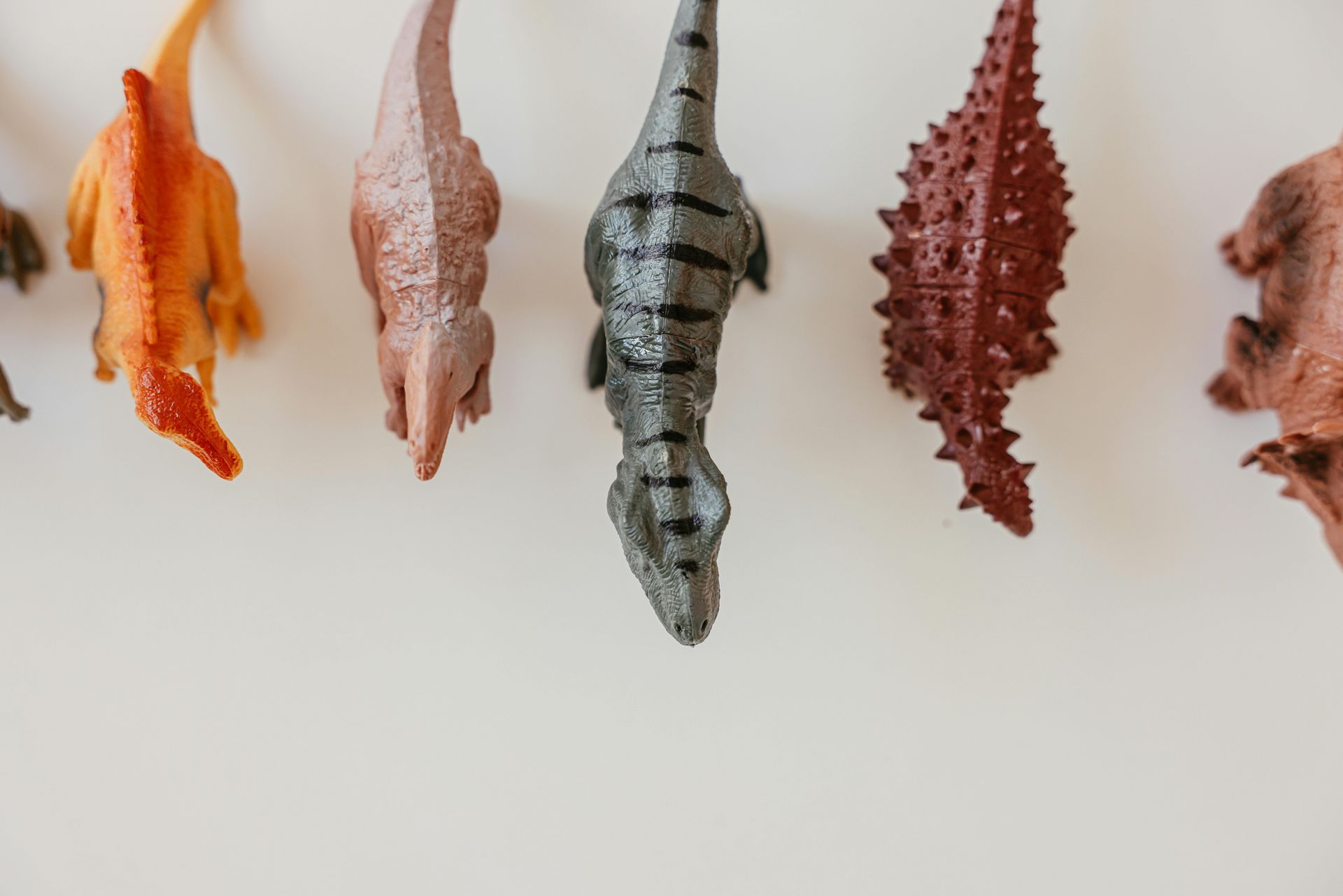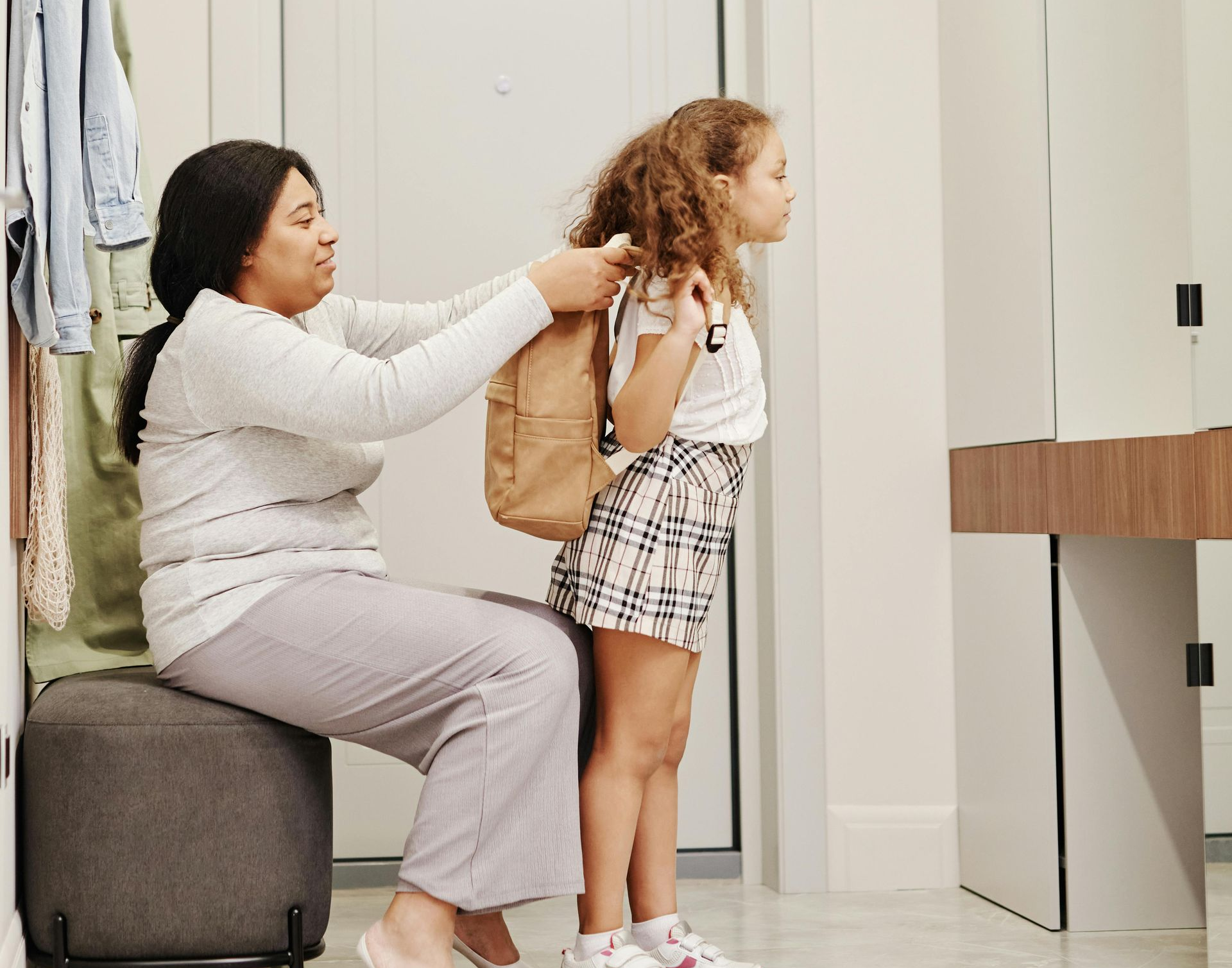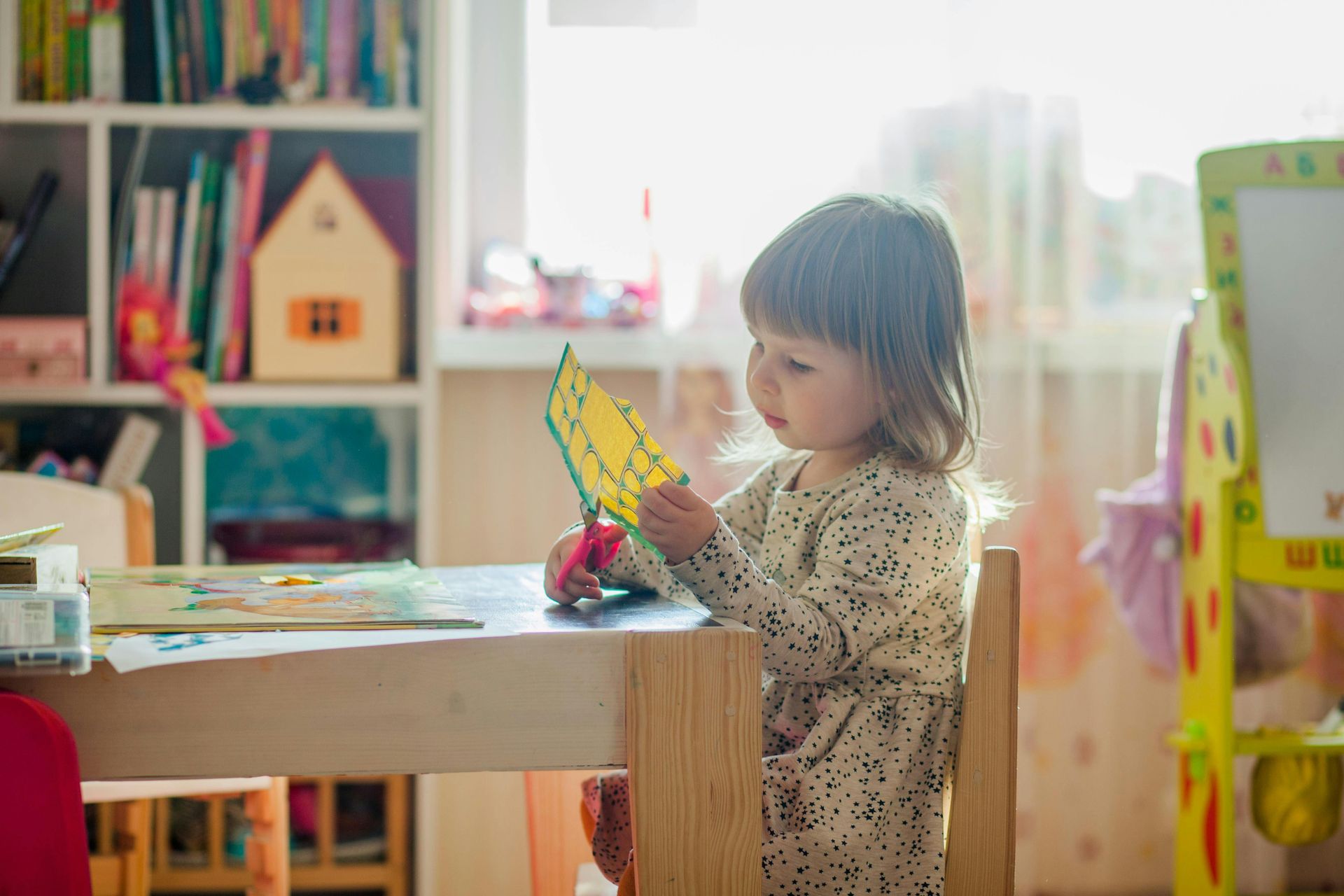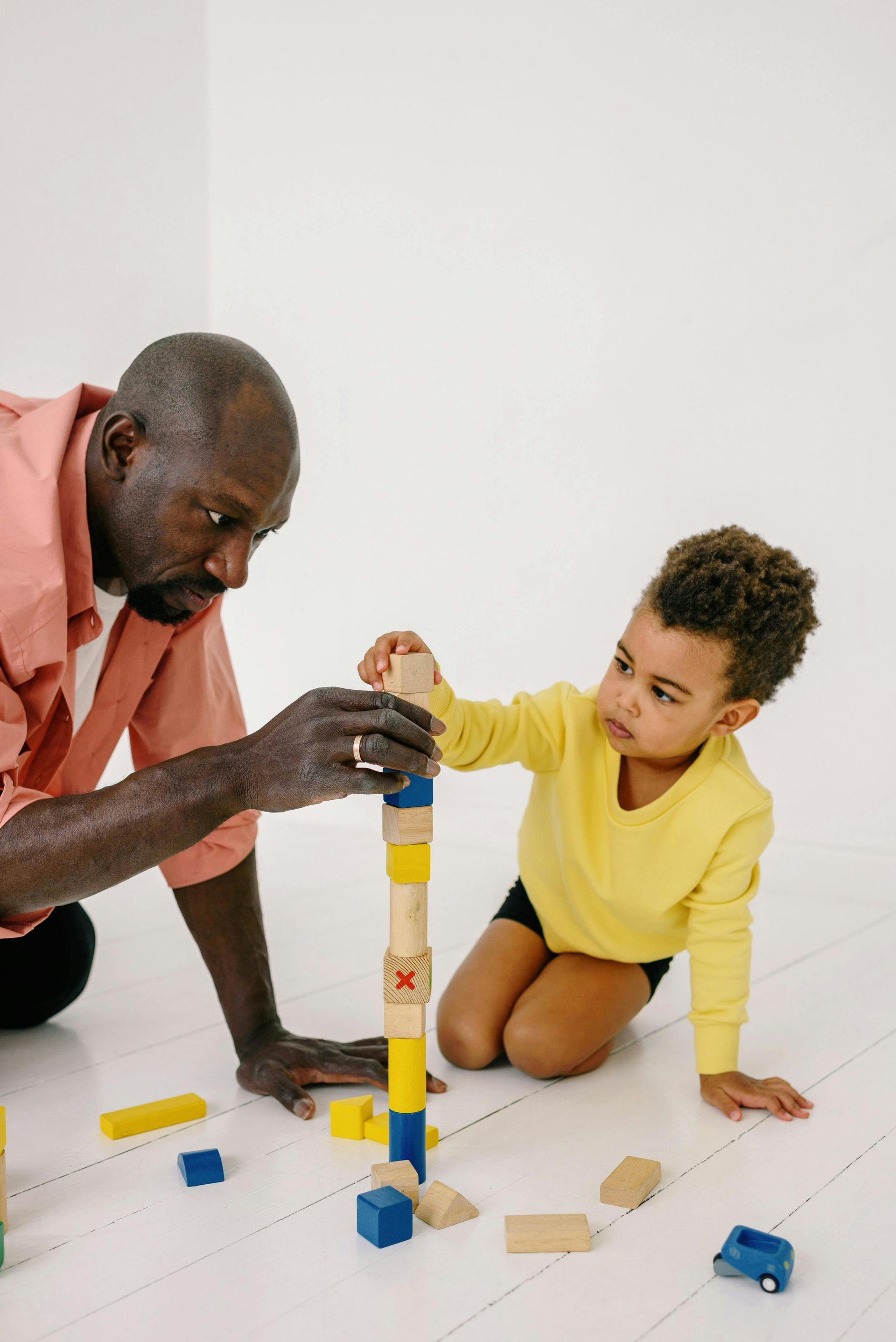Dental Hygiene for Children with Autism
Positive Reinforcement • March 28, 2022
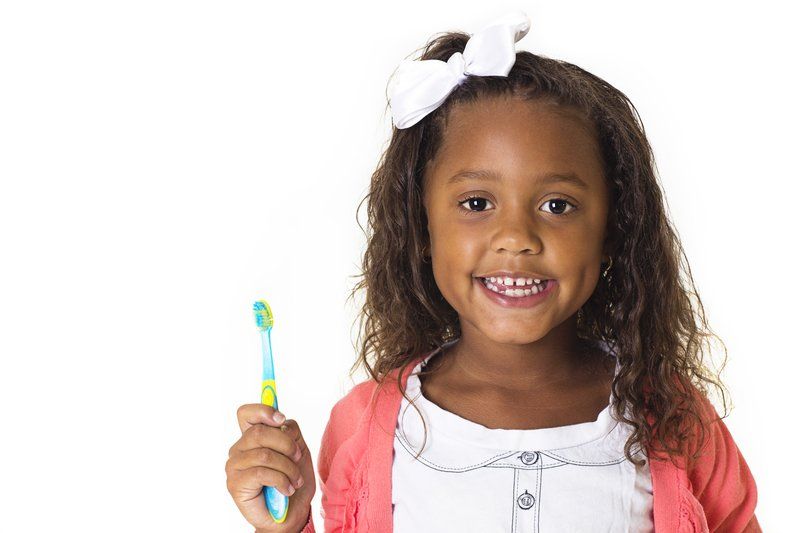
Caring for one’s teeth is an important part of being healthy, and therefore it is important for children to learn how to do so correctly and establish the habit of regular teeth brushing. Unfortunately this does not prove to be a very enjoyable task for many children. Children with autism often have unique challenges to overcome regarding oral care. It is important to establish these healthy habits despite these difficulties, as poor dental hygiene can lead to cavities, infections, and in some cases more serious medical issues. Read on for our best tips for helping a child overcome dental hygiene challenges.
Accepting the Toothbrush
Since sensory issues are common in children with autism, it is very possible a child may dislike the feeling of a toothbrush in their mouth or the sound of the bristles moving. Therefore a good first step in the training of oral care is to get the child accustomed to having the toothbrush in their mouth. Once they are willing to keep the toothbrush itself in their mouth for a period of time, they can then work on tolerating the bristles brushing against their teeth. Work at this for short periods of time. After they can do so for 15 consecutive seconds, move up to 30, 60, and so on.
Make it Fun!
Toothbrushes that light up or make sound are a great way to liven up toothbrushing. These lights or sounds often function as a two-minute timer to encourage children to brush for the entire recommended time. Alternatively, a quick search of YouTube yields tons of fun two-minute brushing videos featuring characters from popular favorites like Encanto or Bluey. Finally, make brushing a family affair. Many children are motivated by doing a task like this together, and this has the added benefit of giving the child a model to mimic.
Break It Into Separate Steps
If the overall task of brushing teeth is overwhelming, break it down into its individual steps and go from there. For example:
1. Open the toothpaste
2. Put toothpaste on the toothbrush
3. Close the toothpaste
4. Brush each section of the mouth (this may be broken into steps as well)
5. Rinse
6. Clean the toothbrush
Positive Reinforcement
The use of reinforcement is a tried and true technique for helping children with autism. Consider where your child is with their oral hygiene habits and use positive reinforcers to take them to the next step. Once they master individual skills and can brush their teeth on their own, a reinforcer can be used to keep the child in the habit of doing it twice daily. Praise, small rewards, and/or a token system leading towards larger incentives are all good ideas for reinforcing these skills.
Positive Reinforcement offers ABA therapy in Bluemont, Middleburg, Upperville, Aldie, Chantilly, Manassas, Woodbridge, Winchester, Front Royal, Middletown, Round Hill, Leesburg, Ashburn, Charles Town, Ferguson, Science Hill, Pulaski and More! We now offer in home ABA therapy
in Richmond Virginia.
..
